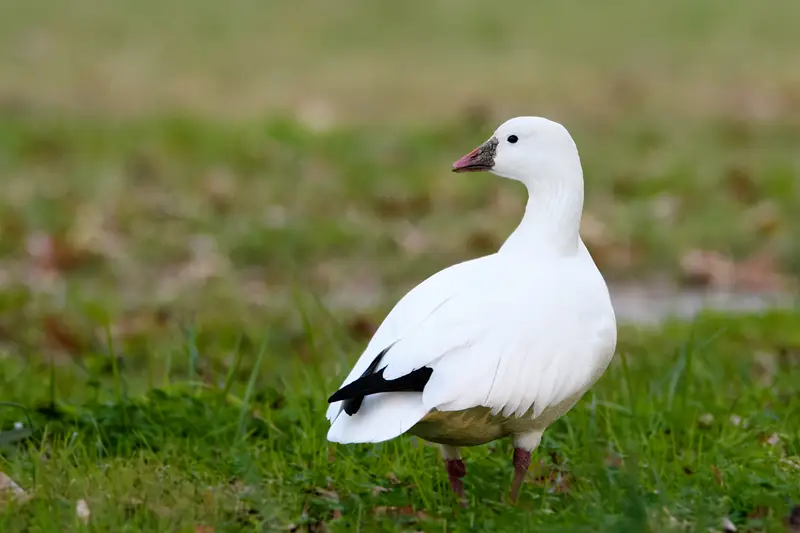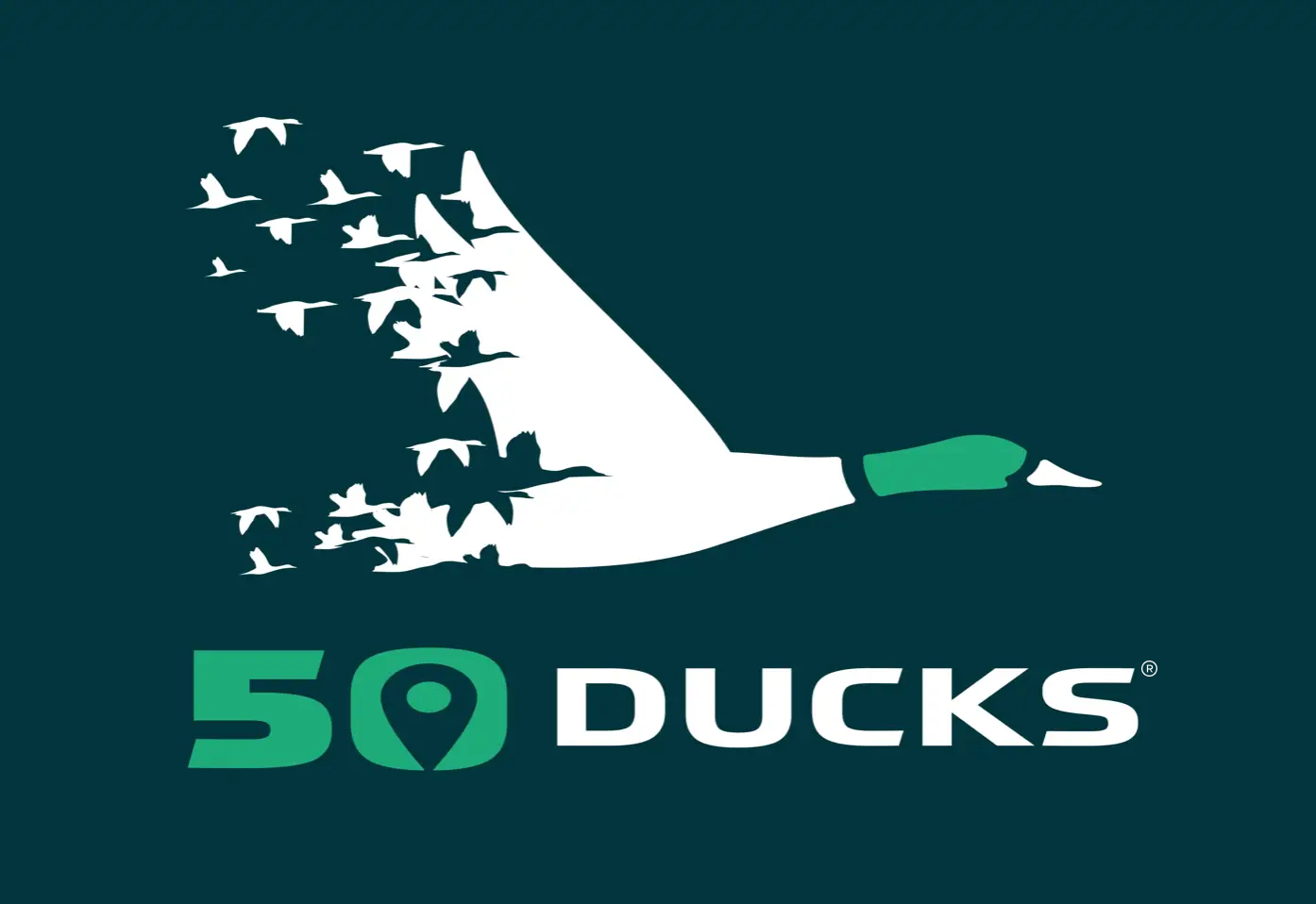About Ross’s Goose
The Ross’s Goose (Anser rossii) is very similar to a white-phase Snow Goose but is a distinctive species, weighing 3-4 pounds with a shorter, stockier neck and a stubby bill. They nest in vast colonies, often intermingling with Snow Geese, in the low Arctic tundra. Similar to Lesser Snow Geese, the Ross’s Goose can experience the “blue” color morph, though this occurs in only 0.01% of adult birds, so if you see a blue morph, odds are it is not a Ross’s Goose.
The name Ross’s Goose honors Bernard R. Ross, an early member of the Hudson’s Bay Company, which was among the first Europeans to discover this goose’s nesting grounds in the late 1930s.

Identification
The Ross’s Goose is similar to the white-phase Snow Goose but is distinct with a shorter, stockier neck and a stubby bill, weighing 3-4 pounds. Unlike the Snow Goose, Ross’s Goose can rarely exhibit a “blue” color morph, which occurs in only 0.01% of adult birds.
Breeding
Snow and Ross's Geese will sometimes interbreed, creating intermediate hybrids. They nest in the low Arctic tundra, with an average clutch size of around four eggs.
Behavior
Once thought to be on the brink of extinction, there are now over 2.1 million Ross's Geese in North America. Despite their small size, they are a hardy and resilient species.
Habitat
Ross's Geese inhabit the low Arctic tundra during the breeding season, often nesting in large colonies alongside Snow Geese. During migration and winter, they can be found in wetlands, agricultural fields, and coastal marshes across North America.
Migration
Ross's Geese are long-range migrants that inhabit much of North America. To see the GPS tracks of dozens of these magnificent birds, head over to the 50 Ducks duck map today!
No Data Found
How many days tracked
Lorem ipsum dolor sit amet, consectetur adipiscing elit. Ut elit tellus, luctus nec ullamcorper mattis, pulvinar dapibus leo.
Where are they now?
Lorem ipsum dolor sit amet, consectetur adipiscing elit. Ut elit tellus, luctus nec ullamcorper mattis, pulvinar dapibus leo.
No Data Found
No Data Found
Total Number of Data Points for Ross’s Goose
Lorem ipsum dolor sit amet, consectetur adipiscing elit. Ut elit tellus, luctus nec ullamcorper mattis, pulvinar dapibus leo.
Start and End Date Tracking of Ross’s Goose
Lorem ipsum dolor sit amet, consectetur adipiscing elit. Ut elit tellus, luctus nec ullamcorper mattis, pulvinar dapibus leo.
No Data Found
Overall Data from the Center
This is historical data from various sources. This data is available in its full form on our Duck Map in an easily visualizable format.
